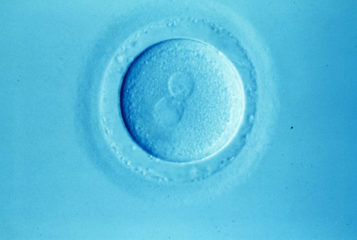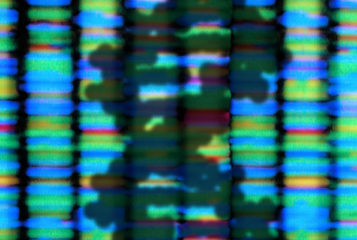| Fertility and Reproduction
Edited by Cara Acred Published by Independence Educational Publishers ISBN-10: 1861686498, ISBN-13: 978-1861686497 Buy this book from Amazon UK |
 |
While science education for young people grows rapidly, in proportion to the rate of development of science, ethics education is often seen to lag behind. Although there are many texts aimed at high school students based around philosophy studies, few are directed towards those who are interested in learning more about topical issues in society and medicine. Infertility is one of those issues that is little discussed, despite the condition affecting up to one in six couples in the UK. IVF and other assisted reproductive technologies can provide couples with children, but none comes without challenging social and ethical considerations.
Fertility and Reproduction is part of a series of cross-curricular resources for 14 to 18-year-olds, and explores debates and issues surrounding IVF, adoption, surrogacy, 'three-parent' IVF, eugenics and saviour siblings. It aims to provide an informative resource looking at bioethics, and is composed of a series of articles from a variety of newspapers, websites, government reports, with a format that is ideal for those who seek to gain a balanced overview of topical discussions. Its editor, Cara Acred, has been behind similar volumes handling sensitive topics, including The Abortion Debate and Sexual Orientation.
The book, however, does not cover the full story in detail. The discussion on the concept of resource allocation is unsurprisingly yet disappointingly brief, and there was no mention about the postcode lottery. Although the Issues series to which Fertility and Reproduction belongs offers to provide information from a UK perspective, there is little information on the current NICE, National Institute for Health and Care Excellence, guidelines on the use of IVF and other fertility treatments and how the guidelines are used in the NHS. Furthermore, there is no information as to how the Health and Social Care Act would affect fertility treatments, despite the book being published in 2013, it still refers to primary care trusts rather than clinical commissioning groups, although this is perhaps due to a lack of new articles on the topic. This, however, does not detract from the information given.
Fertility and Reproduction is separated into two chapters. The former discusses infertility, fertility myths and the pros and cons of IVF and of its alternatives. This chapter is comprised of unbiased articles from generally reliable sources such as the Human Fertilisation and Embryology Authority (HFEA). Although the first chapter mainly deals with fact, there is also an opinion article written by a woman who has gone through IVF, and while it seemed like an atypical case, it gives a fascinating insight into the human experience, reminding its readers that the issue deals with people and not just numbers, which offers a sensitive approach to the topic.
The latter chapter deals with reproductive ethics. While the sources have potentially greater bias, obtaining articles from The Christian Institute (a Christian pressure group) and PinkNews (an online newspaper for the LGBT, [lesbian, gay, bisexual, and transgender], community), the book does not attempt to persuade the reader to a specific viewpoint. To a certain extent, it encourages the reader to develop their own conclusions, and hence the book would not look out of place in a school’s debate club. At the beginning of the book, a caveat compels the reader to evaluate each source critically and to bear in mind that each source may have potential bias.
Owing to its recent publication, Fertility and Reproduction is extremely up-to-date on current issues, discussing saviour sibling treatment, eugenics as well as mitochondrial replacement, all of which have been extremely topical in bioethics. As a resource for school students, this is useful at any level of science knowledge as the style of writing is accessible and generally does not use ornate prose or scientific jargon. What makes this book unique compared to other bioethics resources is that whilst it is neither a textbook nor a revision guide, it provides topical discussion questions at the end of the book. The glossary and key facts at the end of the book also makes this a good accompaniment not just for students, but also for teachers, as it can complement schemes of work, although the glossary is somewhat measly compared to the incongruously numerous key facts.
Overall, despite the seemingly disjunctive use of articles from various sources, the book flows very well, with several cartoons, relevant photographs and diagrams dotting the chapters that keep the book entertaining and appealing to school students. Ultimately, the usefulness of the book is derived from its sources and a sensitive approach to modern issues, allowing the reader, be they student or teacher, to ponder about his or her place in an increasingly ethically minded society.
Buy Fertility and Reproduction from Amazon UK.






Leave a Reply
You must be logged in to post a comment.